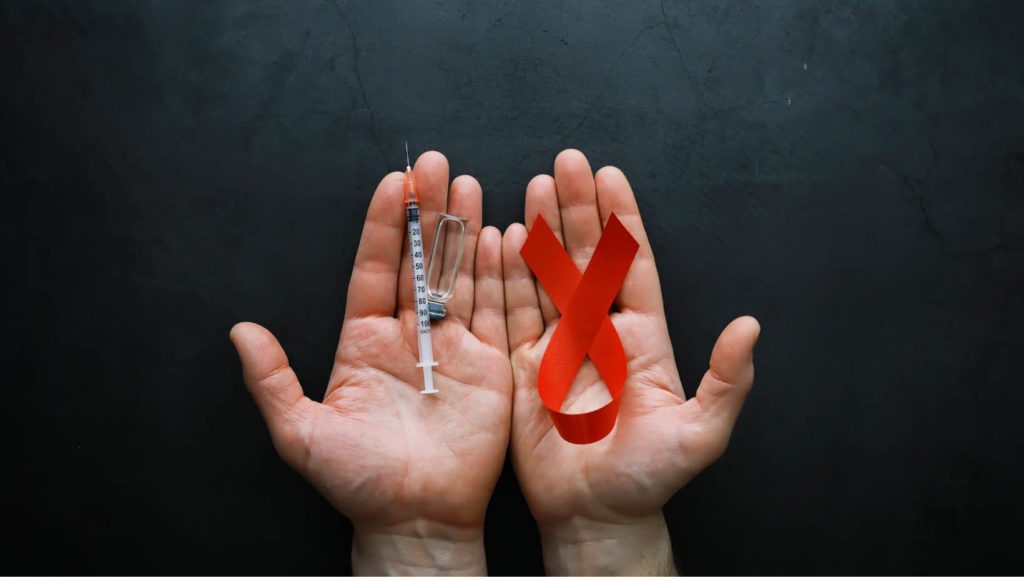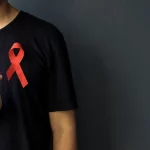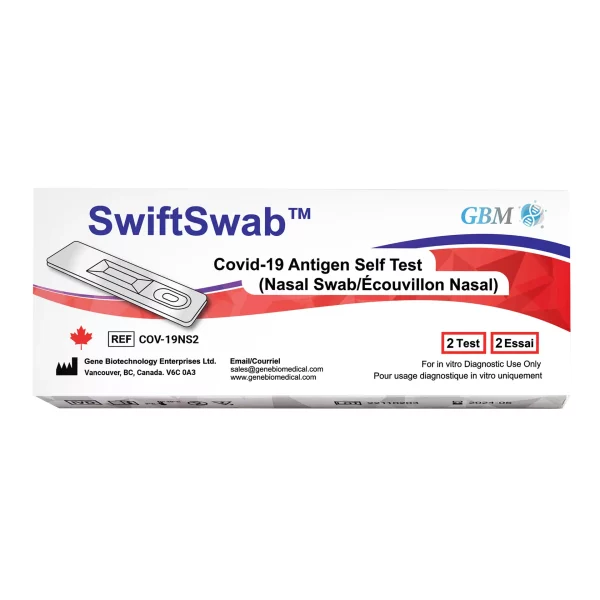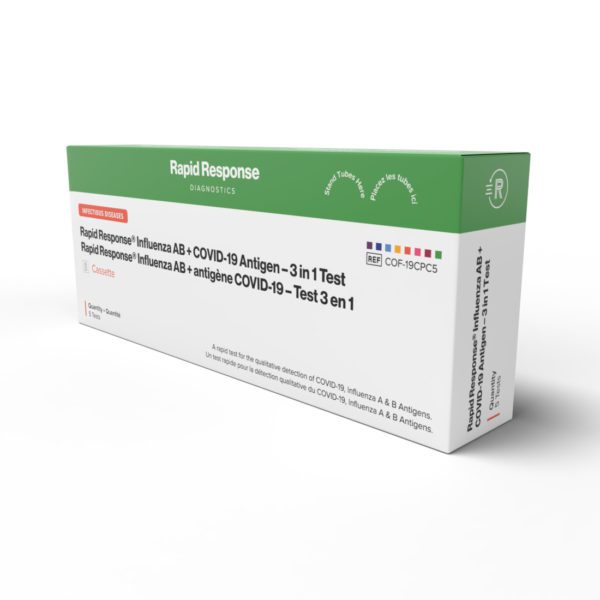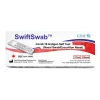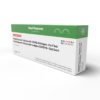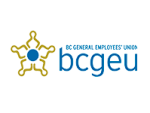Human Immunodeficiency Virus (HIV) is a viral infection that weakens the immune system. If you have HIV, you’re more vulnerable to various opportunistic infections and diseases.
Recognizing the initial signs of HIV infection is crucial for early diagnosis and timely intervention.
In this article, we’ll look into the intricacies of HIV and the following parameters:
- Intricacies of HIV
- Symptoms,
- Causes
- Diagnostic methods
- Treatment options
- Staging
- Life expectancy
- Preventive strategies
What is Human Immunodeficiency Virus (HIV)?
HIV belongs to the lentivirus family, which is a subgroup of retroviruses. Retroviruses have a unique ability to convert their RNA genetic material into DNA, which allows them to integrate into the host cell’s DNA and replicate.
With HIV, the integration and replication process lead to destruction of CD4 cells, a type of white blood cell that plays a crucial role in the body’s defense against infections and diseases.
HIV gradually weakens the immune system, making it less effective in fighting off infections and diseases.
What are the symptoms of Human Immunodeficiency Virus (HIV) infection?
The symptoms of HIV can vary from person to person and may change over the course of the infection. It’s also possible for patients to be asymptomatic during the initial stages of HIV.
Here are common symptoms that patients experience when they have HIV infection.
- Primary HIV infection (Acute HIV infection)
The primary stage of HIV infection, also known as acute HIV infection, occurs within two to four weeks after exposure to the virus.
During this stage, you may experience flu-like symptoms, which can include:
- Fever: A low-grade fever is a common symptom of acute HIV infection. The fever is usually mild to moderate, ranging from 100.4°F (38°C) to 101.3°F (38.5°C).
- Fatigue: Profound fatigue or extreme tiredness may persist for several weeks.
- Sore throat: Can be accompanied by discomfort or pain while swallowing.
- Swollen lymph nodes: The lymph nodes, particularly those in the neck, armpits, and groin, may become enlarged and tender.
- Headache: Headaches may range from mild to severe.
- Muscle aches and joint pain: This experience may be similar to those associated with a flu-like illness.
- Rash: The rash can vary in appearance and may be red, itchy, or maculopapular (small, raised bumps).
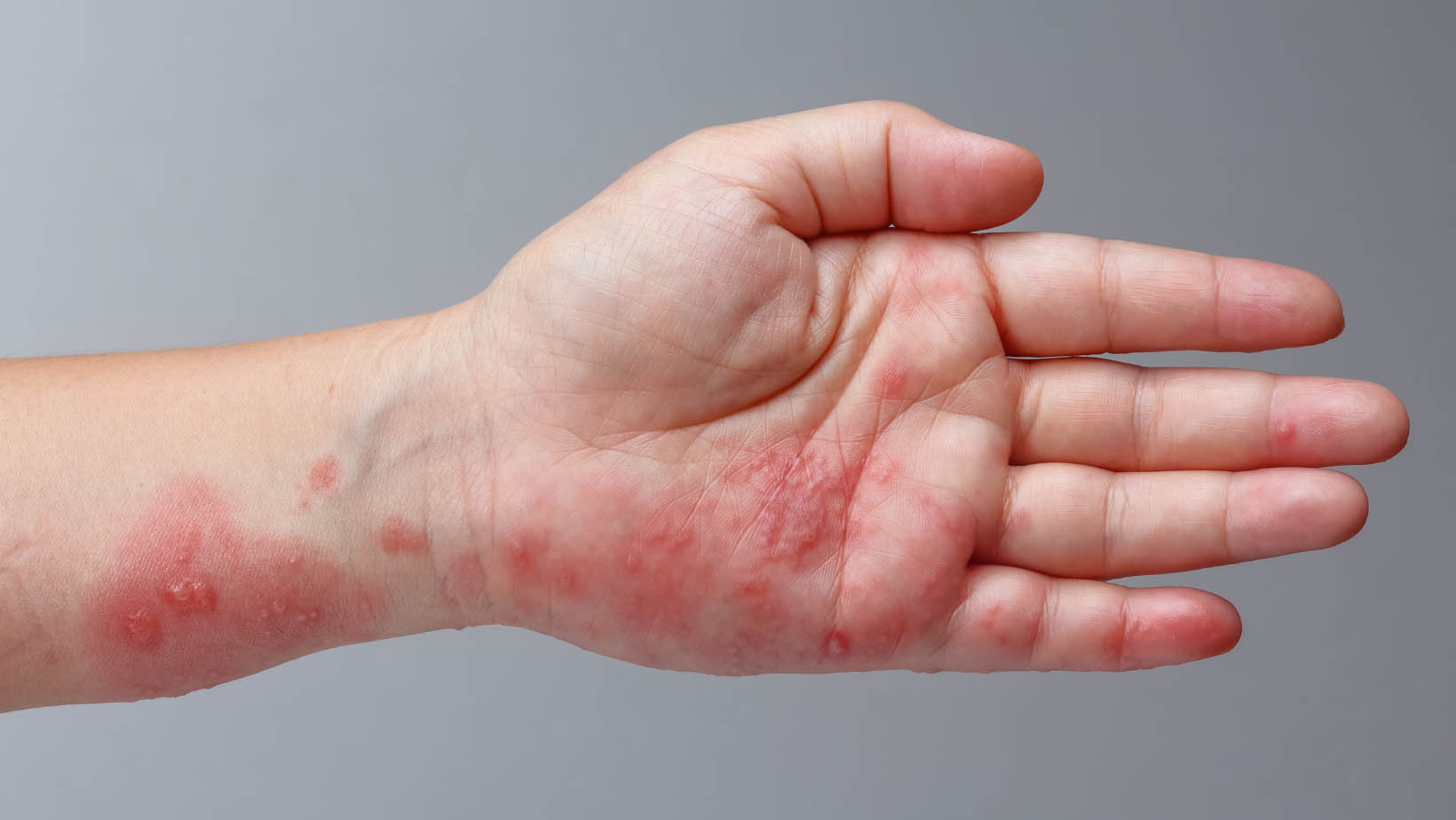
- Advanced HIV infection or Acquired Immunodeficiency Syndrome (AIDS)
As HIV progresses, you may develop more severe symptoms and complications.
Common symptoms of advanced HIV infection or AIDS include:
- Persistent fever
- Chronic fatigue
- Rapid weight loss
- Recurring diarrhea
- Night sweats
- Persistent cough and shortness of breath
- Swollen lymph nodes for an extended period
- Persistent skin rashes or sores
- Recurrent infections, such as thrush (oral fungal infection), pneumonia, or tuberculosis
- Neurological symptoms, such as confusion, memory loss, and neuropathy (nerve damage)
Experiencing any of these symptoms doesn’t definitively confirm an HIV infection. Proper testing and medical evaluation by a healthcare professional is necessary for an accurate diagnosis.
What causes Human Immunodeficiency Virus (HIV) infection?
HIV is transmitted through bodily fluids, including:
- Blood
- Semen
- Vaginal fluids
- Breast milk
Here are the most common ways to contract HIV:
- Unprotected sexual intercourse: Engaging in anal, vaginal, or oral sex without using condoms significantly increases the risk of HIV transmission, particularly if one partner is HIV-positive.
- Sharing contaminated needles or other drug paraphernalia: Injecting drugs with shared needles or using other contaminated equipment can expose individuals to HIV.
- Mother-to-child transmission: If the mother is HIV-positive, she can transmit it to her child during pregnancy, childbirth, or breastfeeding
On the other hand, these activities cannot transmit HIV:
- Hugging
- Shaking hands
- Kissing
- Sharing food or drinks
- Insect bites
How is Human Immunodeficiency Virus (HIV) diagnosed?
HIV testing should be part of a regular healthcare checkup, although more frequent testing may be needed for those who:
- Are experiencing HIV symptoms
- Have been recent sexual partners of known HIV patients, or
- Are at high risk for infection.
Diagnosing HIV involves various tests and procedures that detect the presence of the virus or HIV antibodies in a person’s body. Here are the most common diagnostic methods used.
- HIV antibody test
The two types of antibody tests include:
- Enzyme immunoassay (EIA): This test is performed on a blood sample, and if the result is reactive or positive, a second test will confirm it.
- Rapid antibody test: Using blood, oral fluid or urine samples, this test can yield results within minutes. If the result is reactive, it is confirmed with a second test.
- Antigen/Antibody Test
The antigen/antibody test, also known as the fourth-generation test, detects HIV antibodies and the p24 antigen, a viral protein produced early in HIV infection. This test can detect HIV infection sooner than antibody-only tests.
A positive antigen/antibody test result is typically confirmed with a follow-up test.
- Nucleic Acid Test (NAT)
NAT, also called a viral load test, directly detects the presence of the HIV genetic material (RNA) in the blood. This highly sensitive test can detect HIV infection within a few days after exposure.
NAT is primarily used for early diagnosis in high-risk situations, such as potential occupational or sexual exposures.
- CD4 cell count
HIV progressively destroys CD4 cells, a type of white blood cells that protects the body from infection. CD4 cell count measures the number of CD4 cells in a person’s bloodstream. Monitoring it helps assess the progression of HIV infection and guides treatment decisions.
- Viral load test
This test measures the amount of HIV genetic material (RNA) present in the blood. It provides information about the level of HIV replication in the body.
Monitoring viral load helps determine the effectiveness of antiretroviral therapy (ART) and assesses treatment response.
When performing an HIV test, keep in mind that a negative result doesn’t guarantee a person is HIV-negative, especially if the test is conducted during the window period (the time between HIV infection and detectable antibodies or antigens). If there is a recent exposure or ongoing risk, retesting is recommended.
What is the treatment for Human Immunodeficiency Virus (HIV)?
While there is no cure for HIV, effective treatment can control the virus, slow disease progression, and improve quality of life.
The cornerstone of HIV treatment is called antiretroviral therapy (ART).
It involves a combination of medications that inhibit viral replication, reduce viral load, and increase CD4 cell counts.
To successfully suppress the virus and maintain long-term health, patients should adhere to their prescribed treatment regimen.
What are the stages of Human Immunodeficiency Virus (HIV) infection?
The progression of HIV infection can be categorized into four stages based on the clinical and immunological status of the individual.
- Acute HIV infection:
This occurs within the first few weeks after acquiring the virus. During this period, some people may experience flu-like symptoms, while others may not experience anything at all. The virus is highly replicating in the body, and HIV can be transmitted during this stage.
- Clinical latency (chronic) stage
Also known as the asymptomatic stage, this phase can last several years in individuals not receiving antiretroviral therapy (ART). Although people may not experience significant symptoms, HIV continues to replicate, and the immune system gradually weakens.
Without treatment, this stage progresses to AIDS.
- Symptomatic HIV infection
As the immune system becomes more compromised, individuals may begin to experience more serious symptoms. At this phase, they’re also more at risk of opportunistic infections because of the weakened immune system. The severity and frequency of symptoms can vary widely among individuals.
- Acquired Immunodeficiency Syndrome (AIDS)
AIDS is the most advanced stage of HIV infection. By this stage, the immune system is severely damaged, and individuals are at high risk of developing life-threatening opportunistic infections, certain cancers, and other medical conditions.
The diagnosis of AIDS is based on specific clinical criteria and a CD4 cell count below a certain threshold.
What is the life expectancy for Human Immunodeficiency Virus (HIV) Patients?
The life expectancy for individuals living with HIV has significantly improved over the years due to advancements in medical treatments, particularly antiretroviral therapy (ART). With early diagnosis, healthcare access, and treatment adherence, people with HIV can live long and fulfilling lives.
According to current medical research and estimates, a person diagnosed with HIV at the age of 20 who promptly starts and consistently adheres to ART can expect to live a near-normal lifespan.
With the help of ART and other prescribed medications, most patients can survive for more than 10 years after the onset of AIDS.
How do you prevent Human Immunodeficiency Virus (HIV)?
Here are key preventive measures to practice:
- Safe sexual practices which include:
- Consistent and correct condom use
- Limiting sexual partners
- Abstaining from sexual activity
- Maintaining a mutually monogamous relationship.
- Regular HIV testing and awareness for you and your partner
- Pre-Exposure Prophylaxis (PrEP) for people with a higher risk of infection.
- No sharing needles and usage of sterile equipment.
- Prevention of Mother-to-Child Transmission during pregnancy and breastfeeding
- Antenatal care
- HIV testing
- Use of antiretroviral therapy (ART)
- Comprehensive sex education and awareness campaigns.
By combining these strategies with regular healthcare visits, adherence to medication (if living with HIV), and creating a supportive environment, you can live a normal life and be part of promoting a healthier society.
